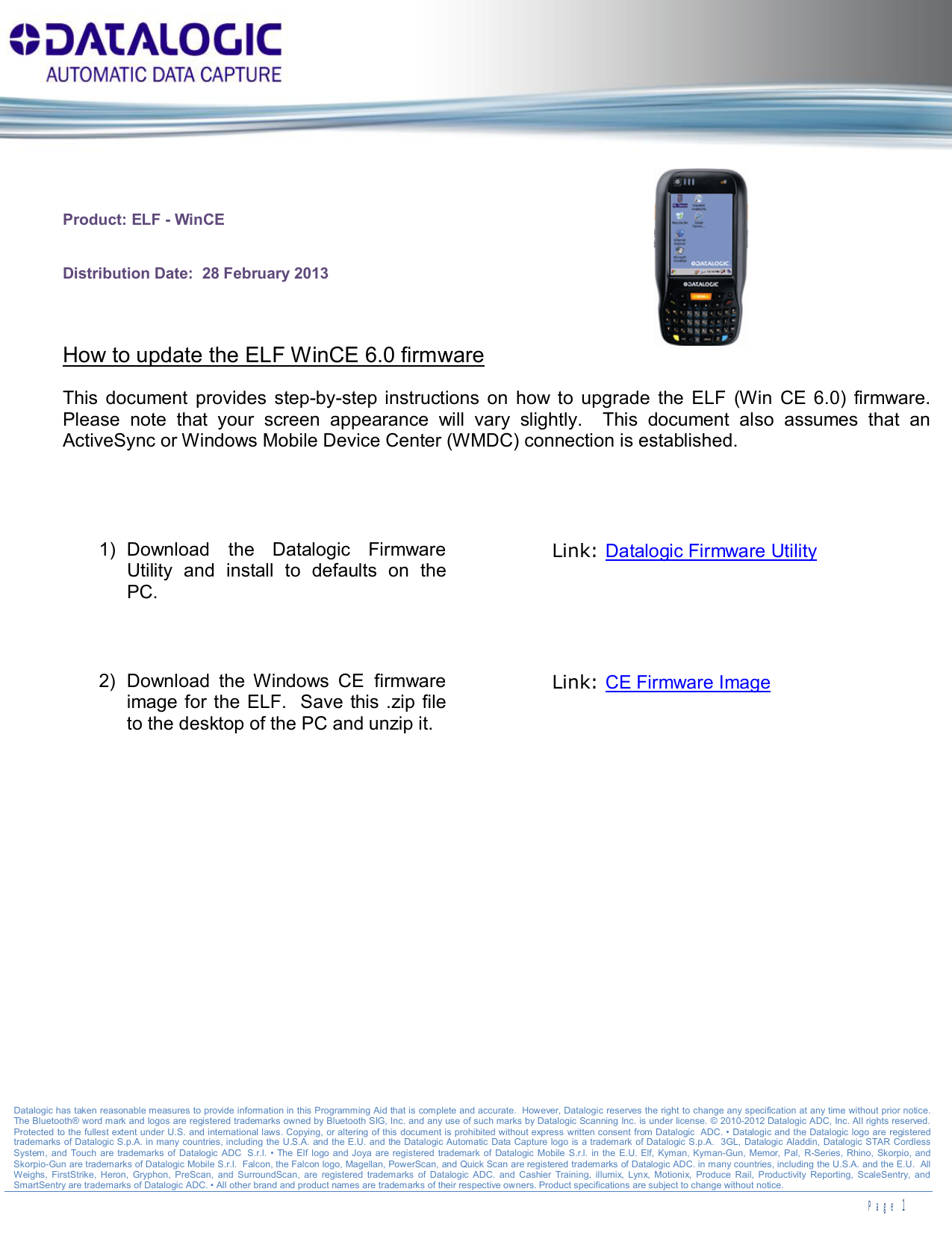


#Using windows ce 6.0 driver
Under Windows CE 6.0, this limit has been removed and as part of a next generation kernel initiative which has seen changes in the process, addressing, driver and application interaction enabling the macro kernel increased support for up to 32,000 unique or virtual processes with a potential upper limit of 2GB of Virtual Memory per process. In previous releases the kernel has been limited to the Windows CE 32/32 limit, that is, 32 processes with each process being limited to addressing 32MB of Virtual Memory (VM). The most significant low level change is in the kernel addressing and resource allocation. With CE 6.0 Microsoft are removing some of the most restrictive limitations of the platform, limitations that have been a constant throughout all of the previous incarnations of CE. The primary focus of the release is without a doubt the extension of the capabilities of Windows CE's kernel. Yamazaki was scheduled for release during the second half of 2006 and delivered on time with an Release To Manufacturing date of the 15th September 2006. The release cycle of Windows CE 5.0 itself slipped considerably as resources were diverted into the Windows Mobile 5.0 release and other Windows Embedded projects and in late 2005 the Cardhu programme was cancelled in favour of a new initiative for the release under the project group name of Yamazaki. Windows CE 6.0 was originally slated for release in the second quarter of 2005, under the convention of the whisky inspired codename of Cardhu. Designed to be the complimentary release to Windows Vista, CE 6.0 delivers significant low level changes to the Windows CE formula, substantially booting the capabilities of the embedded format and opening up significant avenues of future market growth for Windows Embedded and Microsoft partners. Windows CE 6.0 continues to evolve and innovate the Windows CE base into a more robust and scalable embedded operating system.


 0 kommentar(er)
0 kommentar(er)
